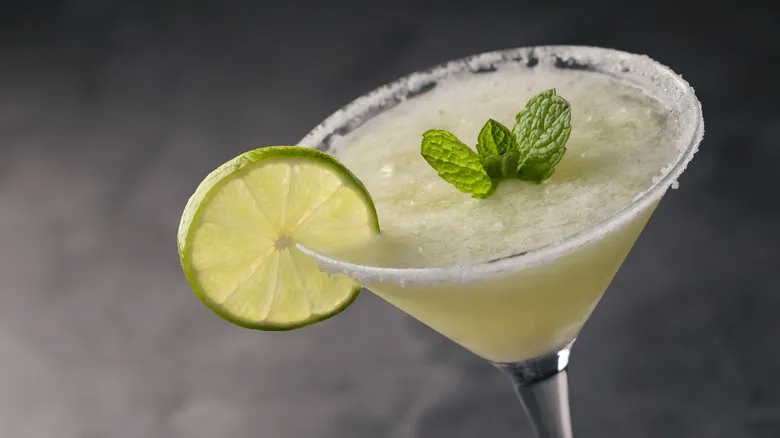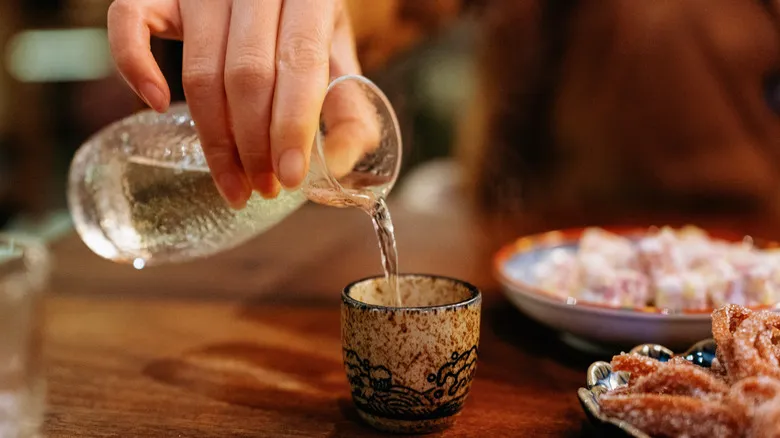Sake comes with a traditional method of consumption

The complexity of serving sake stems from its remarkable versatility. Depending on the variety, it can be enjoyed cold, warm, or hot. Typically, sake is served in a 720 milliliter container, which is roughly the size of a wine bottle. When you factor in the regional differences in sake and its surprisingly high alcohol content of around 18-20%, it can be a bit daunting for newcomers.
It's important to note that sake, unlike soju, is not meant to be consumed as a shot; instead, it is meant to be savored slowly. While the flavor can be on the stronger side, it is generally smooth and enjoyable. Feel free to sip some water alongside it; you won’t attract any disapproving glances. Also, don’t forget to participate in the toasting tradition, as there will be many rounds of drinks. The traditional ochoko cups are about the size of a shot glass, designed to enhance the drinking experience.
If you find yourself in a setting like the world’s only Michelin-starred Japanese steakhouse, take your time with each sip. There’s no need to rush through your sake; it’s all about enjoying the shared experience. Plus, sake remains flavorful for weeks after opening, making it more akin to spirits than to wine or beer.
Recommended

The Stinger: The Glitzy Cocktail That Was Practically Forgotten After Prohibition

Frozen Cocktails Can Be Traced All The Way Back To Prohibition

A Breakdown Of Starbucks' Iced Coffee Types

How The Mimosa Became The Go-To Brunch Cocktail
Next up

